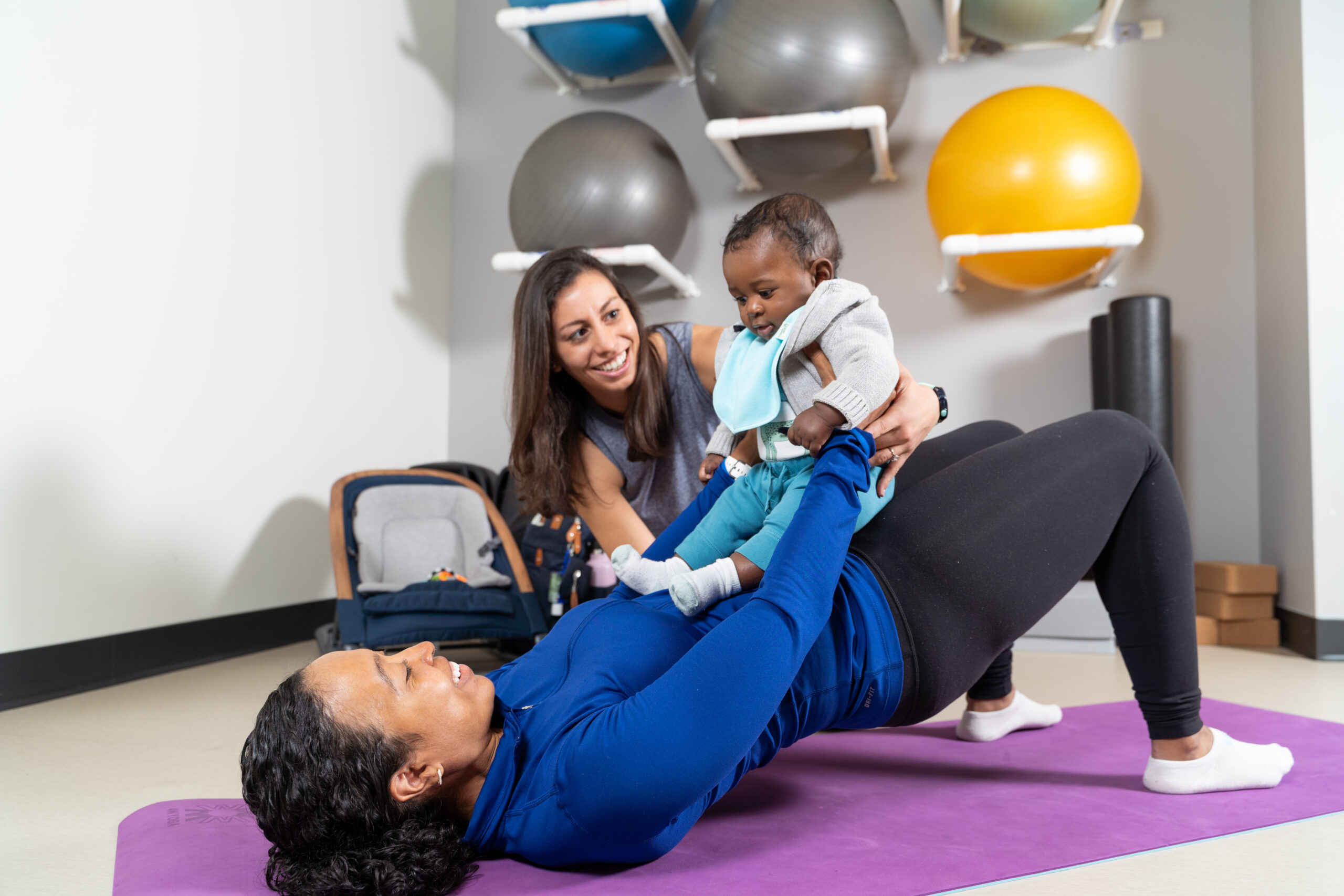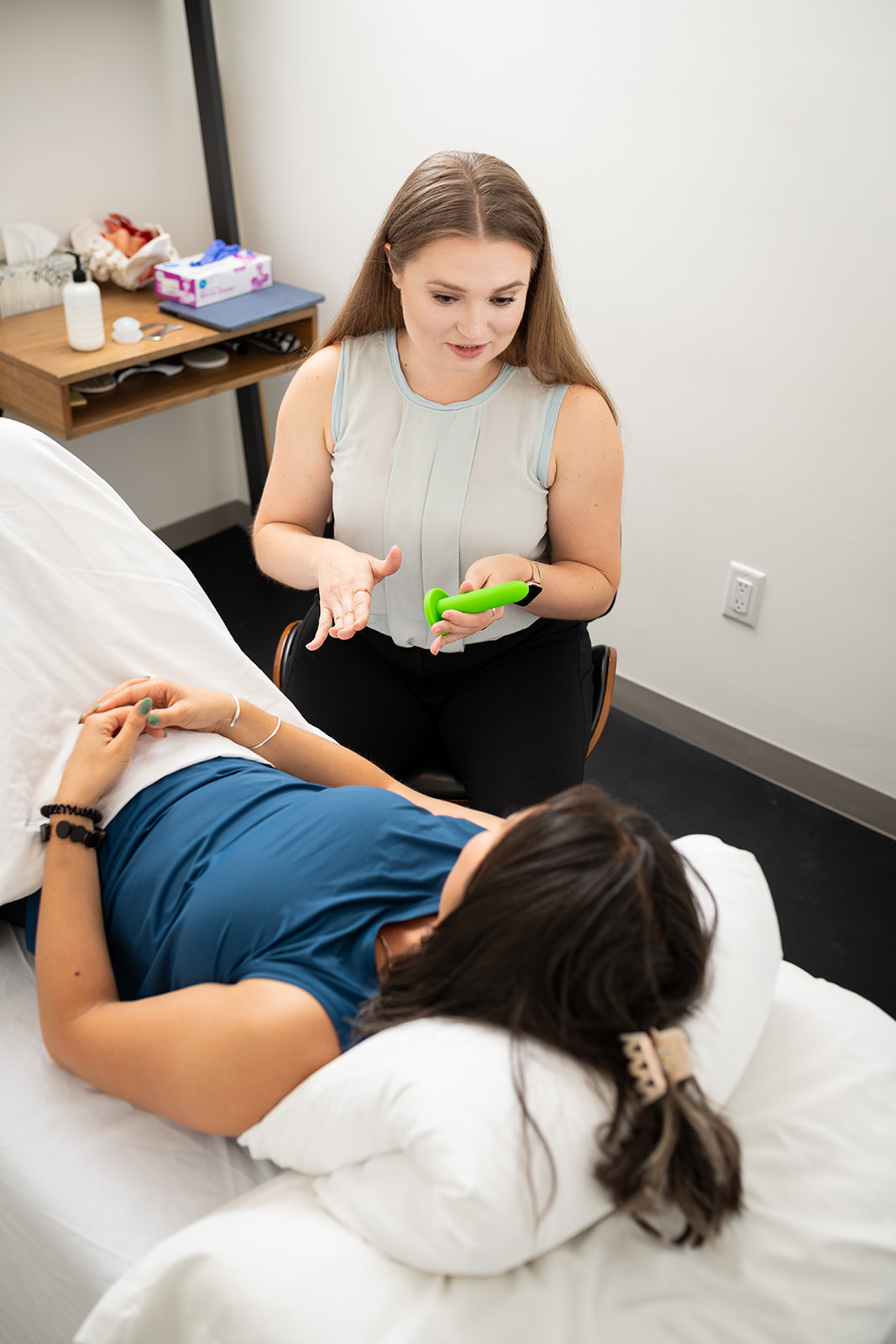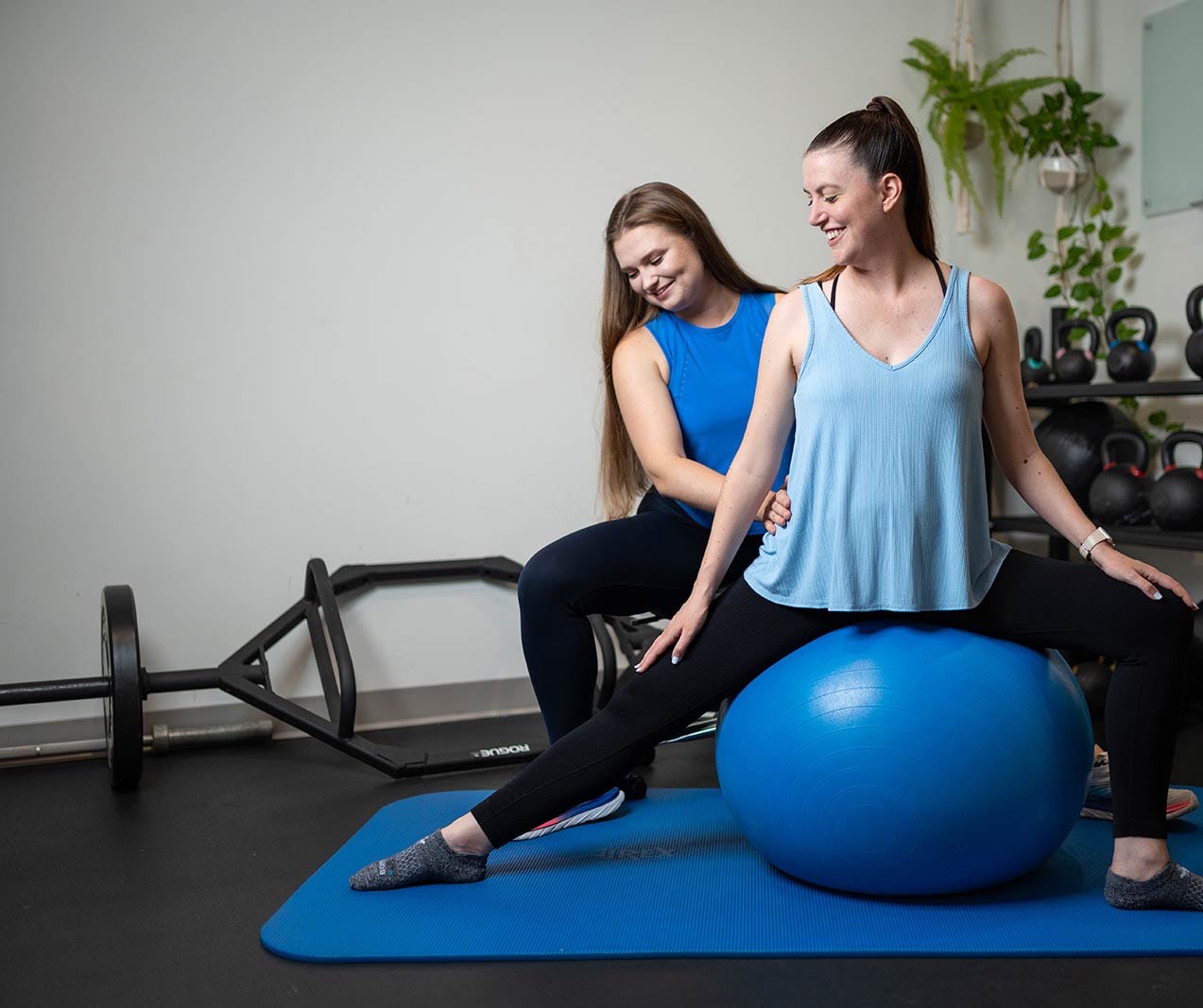Last Updated: 7/8/24
Ah, breathing — a normal, autonomic function we do every day. While breathing is something we may not think about, things such as allergies or pollen can easily making breathing more difficult.
With evolution and changes in the types of foods we ate as we grew, our bone structures have changed, making our nasal cavity much smaller and, therefore, much harder to breathe through. Although this is true, we get 20% more oxygen through our nose than mouth, yet still, 50% of people breathe through their mouth [1].
Nasal breathing can increase circulation, deliver oxygen to cells, aid in immune function, promote weight control, regulate mood, and boost sexual function.
And that’s not all: Lowering your blood pressure, heart rate, and improving your tolerance to exercise are just a few more of the benefits of nasal breathing [1].
Have you ever thought about how you breathe when you work out? Or, not until you pushed your intensity and then found yourself out of breath? Do you ever find yourself out of breath while trying to run? This can mean your pace is a little too fast or you are not maximizing your breathing effort while running, due to improper technique.
So what is the “proper” technique? Let’s explore 3 breathing tips for runners to optimize your diaphragm function and improve your running efficiency.
1) Practice Deep 360 Breathing
First, we must figure out how to control our breath and how to breathe.
To explore this, start by getting in a comfortable place on your back and placing one hand on your chest and one on your belly. Breathe normally, and see what happens. Does your top hand rise and fall or your bottom hand? What about a combination?
Our diaphragm is a muscle that lives inside our trunk and assists in postural stability. It creates and regulates pressure, influencing both the pelvic floor and abdominal muscles. It allows our lungs to inflate as we breathe in to help force air out as we exhale [2].
During an inhalation (breath in), our diaphragm descends into our abdominal cavity, and as we exhale (breath out) our diaphragm comes up.
The pelvic floor systemically works together with the diaphragm and surrounding muscles, responding to the change in intra-abdominal pressure. Therefore, the pelvic floor can affect diaphragm motion and pulmonary function [2].
This is important to understand — especially postpartum since the baby has squished the diaphragm up and the diaphragm has lost its ability to fully expand (temporarily).
Practice 360 breathing by using your hands as targets for you to push air into. You should be able to expand through your belly — both sides — and back to practice using the full functionality of the diaphragm.
Breathe in through your nose (fill belly, sides, and back). Breathe out and allow the air to slowly leave your nose.
2) Try to Breathe Through Your Nose
Breathing through your nose could cut the total exertion of an exercise in half and offer tremendous gains in endurance!
But what if you are having difficulty doing this?
Start by practicing nasal breathing during your 360 breathing exercise. Once you have mastered that, then take your breathing on the road.
Start with focusing on breathing through your nose during the first 3 minutes and the last 3 minutes of your run. At first, you may notice this is very challenging, and you may feel like you can not get in enough air. But fear not — it will become easier and this is completely normal!
Also be mindful of your posture while running, as this could affect your breathing. The zone of apposition, or ZOA, is the alignment of your rib cage, diaphragm, and abdominals for optimal function. This helps to maintain the dome-like shape of the diaphragm so it can contract and relax appropriately. If your posture is poor during a run, this can influence diaphragm function and cause shallow breathing patterns [3].
Stand up tall and avoid the “computer slouch” posture. Now lean into it and hit the trails.
If you feel like you are breathing through your neck and shoulders, this is something that you can improve by doing your 360 breathing exercises! It is not odd that you may breathe like this since we have accessory muscles to breathing along the sides of our neck, but if you continually breathe this way it could lead to neck, rib, or shoulder dysfunction (to name a few).
Once you have found your flow with breathing at rest and you have mastered nasal breathing during your first 3 minutes of your run and last 3 minutes, you are ready for the next step. Slowly increase the nasal breathing so you can breathe in and out through your nose throughout your entire run.
If you choose to breathe out through your mouth, that is OK, as long as your mouth and jaw are relaxed. Using the muscles in your jaw or mouth by clenching or pushing air out can cause overall energy depletion that we want to save for our legs.
3) Match Your Breath and Cadence
The final challenge is to try to match your new breathing pattern to your running cadence (steps).
Start running at a slow to moderate pace. Count how many steps it takes for you to inhale and exhale. A step is when your foot contacts the ground on one side only. This is an individualized number to YOU; therefore, there is no magic number here.
On runs, I will often have 2 inhales to one exhale and therefore 4 steps to 1 step ratio of breathing. It works for me, and I can appropriately belly breathe without using my shoulders and neck to help.
Depending on your speed and intensity of your run, you will eventually get so good at this that it will be like shifting gears on a bicycle. The quicker you run, the number of steps per inhale and exhale may decrease. Make that connection and find a rhythm that works for you and suits your purpose.
Further reading: 5 Ways to Maximize Your Return to Running Postpartum
Put These Breathing Tips for Runners to Work!
Take time to practice and adjust your breathing. I usually educate all of my clients about breathing on their first visit, as I see the effects it has on pain levels and stress.
Physiologically, our parasympathetic system is influenced by breathing inducing a “rest and digest” response in our bodies. Taking control of your breathing and how you do so you can have lasting effects on your quality of life and enhance your athletic performance (once done correctly).
Try it out and let me know what you think.
Keep on running,
Dr. Jules
If you want to learn more about breathing, sign up here for a complimentary 15-minute discovery call!
Sources:
[1] Nestor, James. Breath: The New Science of Lost Art. New York, Riverhead Books. May 21, 2020.
[2] Park, H & Han, D. The effect of the correlation between the contraction of the pelvic floor muscles and diaphragmatic motion during breathing. Journal of Physical Therapy Science. 27: 2113-2115, 2015.
[3] Boyle, K, Olinick, J, & Lewis, C. The Value of Blowing up a Balloon. North American Journal of Sports Physical Therapy. 2010.





